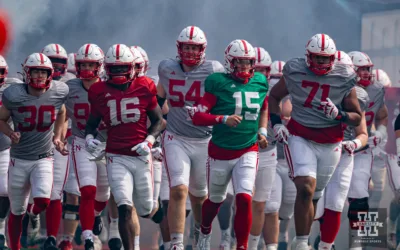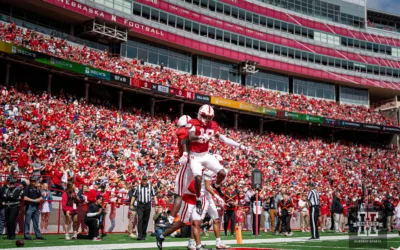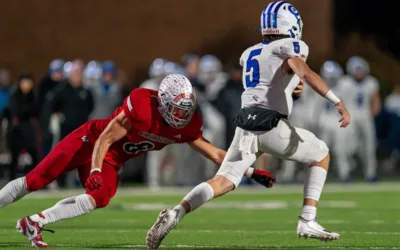Huskers Earn Passing Grade in 2024 Spring Game
And so it came to pass, as Matt Rhule said it would. Well, sort of. “I know we’ll be able to run the ball. I want to see if we an throw the ball. I want to see if we can catch the ball,” Rhule said Thursday, before Nebraska’s Red-White Spring Game. “I want to see if...
Nebraska Football Spring Game Photos – 04-27-2024
2024 Nebraska Spring Game Visitors List
College football spring games are a great opportunity for schools to get prospects on campus — even exhibition games. Here are the prospects that are expected to be in attendance Saturday at the Huskers' spring game, presented by Pinnacle Bank. *Listed Alphabetically...
Vince Genatone Commits To Nebraska
After a pit stop at Montana, Vince Genatone is the latest in-state player to find a home at Nebraska. Genatone, a three-sport star at North Platte in the 2022 class, spent his first two seasons at Montana. He entered the transfer portal earlier this year after his...
Husker Quarterbacks Speak on Progress Early in Spring
No position in football garners the spotlight quite like quarterback, and after Thursday’s spring practice, all three scholarship signal-callers in Lincoln took turns in front of the cameras to speak with the media. Offensive coordinator Marcus Satterfield and...
Nebraska Finds Its Quarterback With Dylan Raiola Commitment
Nebraska football and head coach Matt Rhule have found their quarterback for the future, as five-star Dylan Raiola officially flipped his commitment to the Huskers on Monday.
Huskers Add to 2024 Walk-On Class
Nebraska football’s 2024 walk-on class got another addition on Wednesday when Elkhorn South senior Ethan Duda announced his commitment.
Recapping Nebraska’s Loss vs Michigan State | The Run Live at Hurrdat Sports Bar & Grill
With your host Ana Bellinghausen, Johnny and Tommie are back together at the Hurrdat Sports Bar & Grill. They kick off the show with a recap of Nebraska's loss to Michigan State last Saturday, then give their predictions and keys to the game...
Nebraska Football Analysis w/ Mitch Sherman | Hurrdat Sports Radio
Mitch Sherman joins the show to discuss Elliott Brown’s influential role in Nebraska football, strategies for the upcoming Maryland game, and Heinrich Haarberg’s pressure play. Follow Hurrdat Sports on social: Twitter:...
Subscribe To Our Newsletter
Get bi-weekly emails from Mike Babcock about Nebraska history and what’s top of mind for him in Husker athletics each week.








